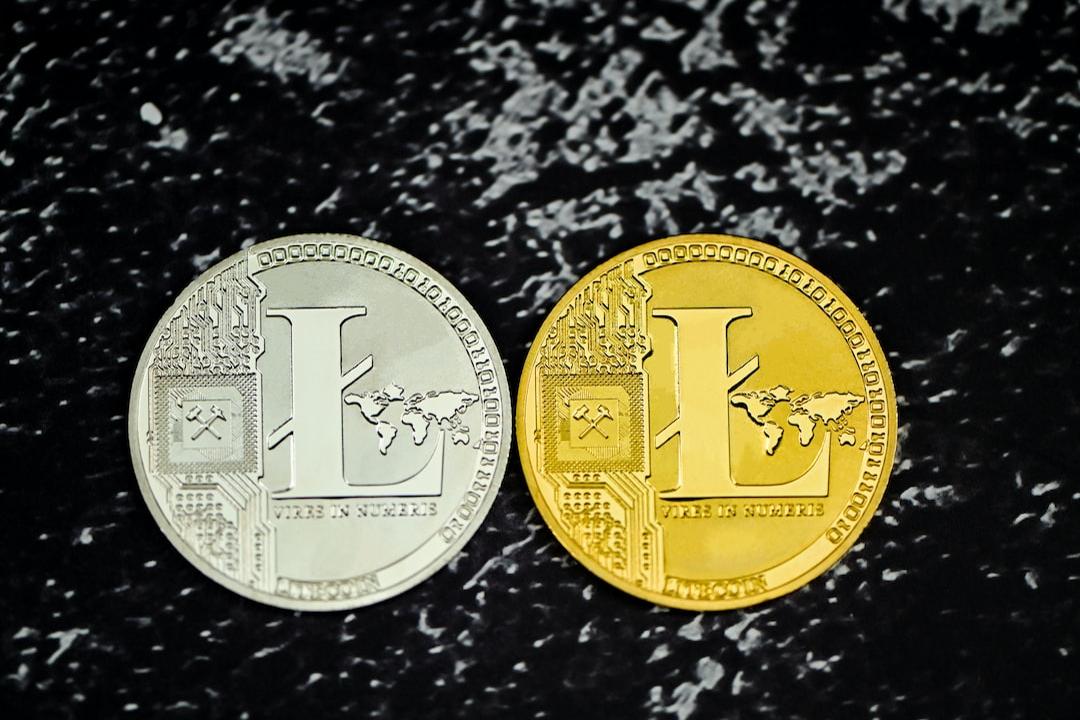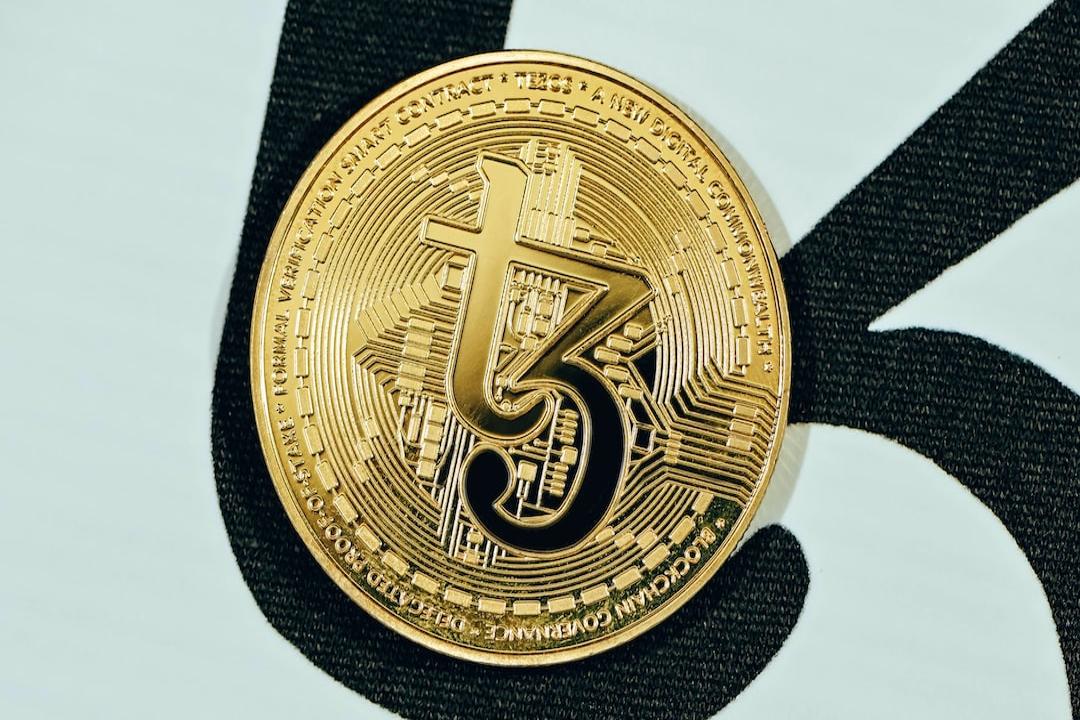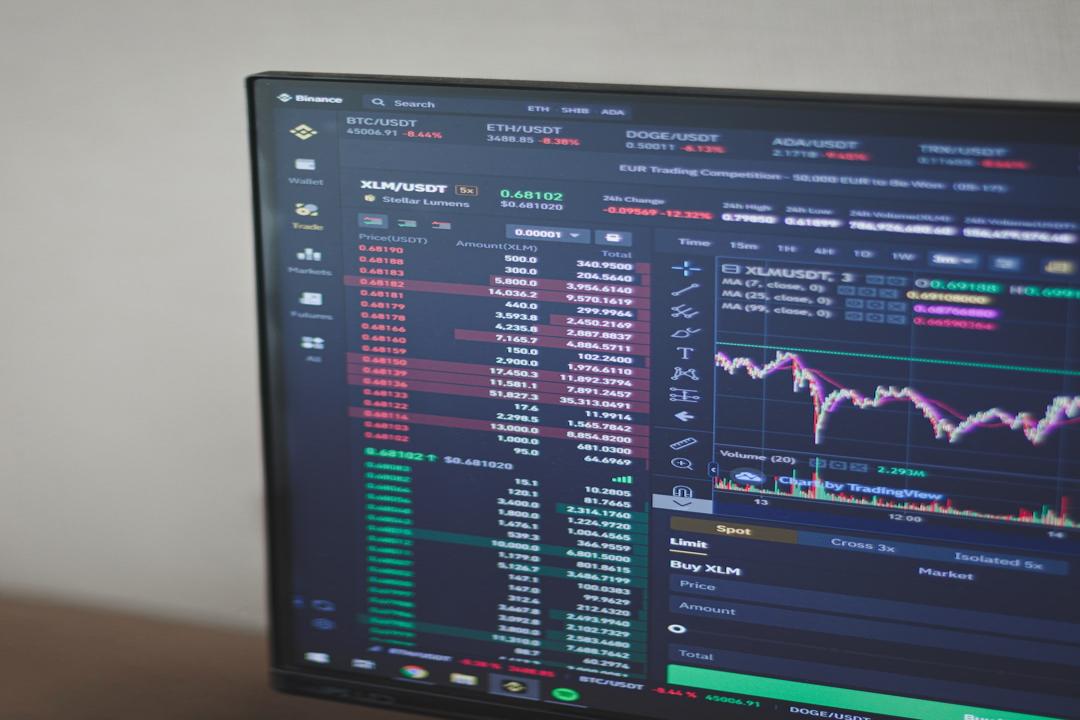NVIDIA’s Annual GTC Technology Conference: Huang Renxun’s Keynote Speech Highlights
The annual GTC Technology Conference of the IC design giant NVIDIA took place from March 17 to 21. CEO Jensen Huang delivered his keynote speech at 1:00 AM Taiwan time on March 19.
3-Minute Recap of Jensen Huang’s GTC Keynote
In this keynote, Huang focused on the AI market outlook and new product information, including the next-generation GPU Rubin, CPO network switches, and developments in robotics technology. Despite several positive announcements, the market response remained tepid. After the keynote, NVIDIA’s stock closed at $115.43, a decline of 3.43%.
AI Investment Remains Strong! Huang Reveals: Customers Are Rushing to Buy Blackwell, “Three Times More Than the Previous Generation”
Since last year, NVIDIA’s Blackwell chips have been plagued by overheating and delayed shipments. However, Huang expressed confidence during his speech, stating that Blackwell servers are now in full production, with customer demand being “incredible.” He revealed that the four major U.S. cloud service providers (CSPs) have purchased 3.6 million Blackwell chips this year, nearly three times the 1.3 million Hopper architecture chips purchased last year.

The four major U.S. CSPs have purchased 3.6 million Blackwell chips this year, nearly three times the 1.3 million Hopper architecture chips purchased last year.
Image: NVIDIA YouTube
Additionally, Huang showcased the AI data center investment forecast from 2022 to 2028, which shows continuous growth each year. It is expected that by 2028, global data center capital expenditure will exceed $1 trillion.

Huang stated that AI data center investment continues to grow every year, with global capital expenditure expected to surpass $1 trillion by 2028.
Image: NVIDIA YouTube
Highlight 1: Next-Generation GPUs! Blackwell Ultra, Rubin, Feynman Debut
Huang introduced several new NVIDIA GPU chips and servers, starting with the current AI chip Blackwell Ultra, which offers 1.5 times the performance of the previous generation Blackwell and is expected to launch in the second half of this year. The first customers for Blackwell Ultra include AWS, Google, Azure, and Oracle.
The Blackwell Ultra GB300 NVL72 server, with 72 Blackwell Ultra GPUs and 36 Grace CPUs, totaling 288GB of HBM3e memory, offers AI computing performance 1.5 times that of the GB200 NVL72.

Blackwell Ultra GPU
Image: NVIDIA YouTube
Huang explained that Blackwell Ultra is designed for AI inference and AI agents. NVIDIA’s partners are expected to begin launching products featuring Blackwell Ultra in the second half of this year, with Taiwanese manufacturers including Foxconn, Wistron, QCT, ASRock, ASUS, Gigabyte, Inventec, Pegatron, and Yunda.
The next-generation AI chip following Blackwell Ultra is Vera Rubin, which is expected to launch in the second half of 2026, with Vera Rubin Ultra expected in 2027. The Vera Rubin NVL144 server will feature 144 Rubin architecture GPUs and a new Vera architecture CPU, with a total of 288GB of HBM4 memory, offering 3.3 times the performance of the Blackwell Ultra GB300 NVL72.

Vera Rubin GPU
Image: NVIDIA YouTube
The Rubin Ultra NVL576 server will feature 576 Rubin Ultra GPUs paired with Vera CPUs, using 1TB of HBM4e memory, delivering 14 times the performance of the Blackwell Ultra GB300 NVL72.

Rubin Ultra GPU
Image: NVIDIA YouTube
It is worth mentioning that Huang also presented the latest data center GPU development roadmap, which not only includes the current Blackwell and the next-generation Rubin revealed at last year’s Computex, but also introduces the next-generation Feynman architecture, which is expected to be released in 2028. This name is derived from physicist Richard Feynman, continuing the tradition of naming chips after scientists.

NVIDIA Data Center Development Roadmap
Image: NVIDIA YouTube
Highlight 2: Silicon Photonics New Products! Collaboration with Four Taiwanese Manufacturers on Two CPO Switches
A major highlight of this keynote was the first official appearance of NVIDIA’s Co-Packaged Optics (CPO) design products, signaling the arrival of the silicon photonics era.
Huang presented the new Spectrum-X Ethernet and Quantum-X InfiniBand networking platforms, and introduced the network switches featuring Co-Packaged Optics (CPO) design. These products will allow AI factories to interconnect millions of GPUs across multiple sites while significantly reducing energy consumption and operating costs, enabling large-scale integration of electronic circuits and optical communication.

NVIDIA introduced the new Spectrum-X Ethernet and Quantum-X InfiniBand networking platforms, the first to feature Co-Packaged Optics design.
Image: NVIDIA YouTube
Huang revealed that the new product is the world’s first CPO chip with a transmission speed of 1.6 Tbps (terabits per second), manufactured using TSMC’s advanced technology. He stated that NVIDIA has been collaborating with TSMC for a while and also with a large ecosystem of technical partners, calling it “truly a crazy technology, really crazy!”
NVIDIA’s silicon photonics ecosystem in Taiwan includes four companies: TSMC, Foxconn, Broadcom, and Sipex, with additional partners including Coherent, Corning, Fabrinet, Lumentum, SENKO, Sumitomo Electric Industries, and TFC Communication from China.
The Spectrum-X and Quantum-X products with Co-Packaged Optics design are expected to launch in the second half of 2025 and 2026, respectively, featuring TSMC’s 3D stacked silicon photonic engines that generate high-power, high-efficiency lasers and detachable fiber optic connectors.

Image: NVIDIA YouTube
According to NVIDIA’s data, their photon switch base offers 3.5 times the power efficiency, 63 times the signal integrity, 10 times the large-scale network resilience, and 1.3 times the deployment speed compared to traditional methods. Compared to the previous generation, the Quantum-X photon switch provides twice the speed, five times the scalability, and supports AI computing structures.
TSMC’s Chairman and CEO, Wei Zhejia, stated in NVIDIA’s press release: “The new generation of AI factories requires high performance with minimal maintenance to scale for next-generation workloads. TSMC’s silicon photonics solutions combine our strengths in cutting-edge chip manufacturing and TSMC SoIC 3D chip stacking technology, helping NVIDIA unlock the ability to scale AI factories to millions of GPUs and beyond, pushing the boundaries of AI.”
Highlight 3: Robotics! Open-Source Model GR00T N1 and Physics Engine Newton
The final highlight was the new advancements in robotics. Huang announced a series of technologies that assist humanoid robot development. Following last year’s GTC 2024 announcement of the Project GR00T foundational model for humanoid robots, Huang introduced the Isaac GR00T N1 model during this keynote. It is the world’s first “open, fully customizable” general-purpose humanoid robot reasoning and skill foundation model.
NVIDIA stated that the GR00T N1 foundational model uses a dual-system architecture inspired by the human “fast and slow thinking” cognitive principle.
“System 1” is a fast-thinking action model that reflects human reactions or intuition;
“System 2” is a slow-thinking model used for deliberate and methodical decision-making.
With the support of visual language models, System 2 can reason about its environment and the instructions it receives to plan actions. Then, System 1 translates these plans into precise, continuous robot movements.

The Isaac GR00T N1 model is the world’s first “open, fully customizable” general-purpose humanoid robot reasoning and skill foundation model.
Image: NVIDIA YouTube
Developers and researchers can use real or synthetic data to further train the GR00T N1 model to adapt to specific humanoid robots or tasks. Early adopters of the GR00T N1 humanoid robot development include Agility Robotics, Boston Dynamics, Mentee Robotics, and NEURA Robotics.
At the end of the speech, a small and cute robot, resembling the Pixar animation “WALL-E,” made a surprise appearance and interacted playfully with Huang.

“Blue” is equipped with NVIDIA’s open-source physics engine, Newton, developed in collaboration with Google DeepMind and Disney Research, allowing the robot to learn how to handle complex tasks more precisely.
Image: NVIDIA YouTube
This robot, called “Blue” by Huang, is powered by NVIDIA’s open-source physics engine Newton, developed in collaboration with Google DeepMind and Disney Research. It helps the robot learn to handle complex tasks more accurately. Blue demonstrated high intelligence and interaction abilities, responding to Huang’s voice commands by nodding, showing excitement when hearing robot-related information, and understanding instructions to stand beside him.
From GPUs and CPOs to robots, Huang presented NVIDIA’s latest advancements. However, whether these developments can boost market confidence remains to be seen.
Article collaboration and reproduction from: Digital Times
Further Reading: Top 10 Global IC Design Rankings Revealed! NVIDIA Dominates, “This Company” is the Only Declining Company in the Industry
Which financial holding company has the best salary? Yuanta’s average annual salary of 2.02 million yuan wins first place, while Kai Fund’s salary rose by 21% the most. The salary cheat sheet is here!

